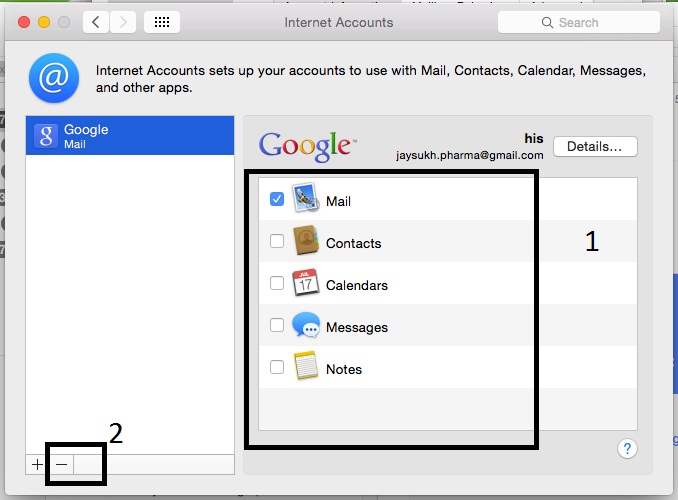
- #MAC EMAIL LOG IN HOW TO#
- #MAC EMAIL LOG IN FOR MAC#
- #MAC EMAIL LOG IN OFFLINE#
- #MAC EMAIL LOG IN FREE#
#MAC EMAIL LOG IN FOR MAC#
In Outlook for Mac 2011 version 14.2.4 and earlier versions, data was appended to the same log file for every Outlook session. ~/Library/Group Containers/ UBF8T346G9.Office/OfficeLogging/ To locate the log, see the following table. Log file locationsĭepending on the edition and version of Outlook for Mac in which the log is being collected, the log name and location will differ.
#MAC EMAIL LOG IN FREE#
If you must keep logging enabled for several hours or several days in order to capture the issue, make sure that the hard disk has sufficient free space. If logging is not turned off, the log files size will continue to increase. It is important to turn off logging after you complete your troubleshooting and reproduce the issue. If you disable logging manually you must restart Outlook to fully disable logging, otherwise it will continue logging in the background. Restart Outlook and when prompted to turn off logging select Turn Logging Off.In the Error window, select the Gear icon.To enable logging in Outlook for Mac 2011, follow these steps If you disable logging manually, you must restart Outlook to fully disable logging, otherwise it will continue logging in the background. Restart Outlook and when prompted to turn off logging, select Turn Logging Of.Restart Outlook and when prompted to turn off logging select Leave Logging On and reproduce the issue you experience and then Quit Outlook to stop the log capture.Select the Turn on logging for troubleshooting option, and then select OK.In the Sync Errors window, select the Gear icon.On the Window menu, select Sync Errors.More information To enable logging in Outlook 2016 for Mac, follow these steps In Outlook 2016 for Mac version 15.12.3 and later versions, the following features are also logged in addition to those listed earlier: Microsoft Exchange (folder and item synchronization).
#MAC EMAIL LOG IN HOW TO#
For information about how to configure a connection to a proxy server, see Mac OS Help.Outlook for Mac provides the option to enable logging for the following features: Solution: Contact your Microsoft Exchange account administrator.Īsk your Exchange account administrator which proxy server you should use to connect to the Exchange server. Under Microsoft Exchange and Directory service, select the Use SSL to connect check boxes.Ĭause: Your computer requires a mail proxy server to connect to the Exchange server. In the left pane of the Accounts dialog box, select the account.Ĭlick Advanced, and then click the Server tab.

If this is the case, verify the setting for this channel. Solution: Contact your Exchange server administrator to learn if your account requires an encrypted channel. Cause: Your Exchange account requires you to log on by using an encrypted channel. You can also check the status of the Exchange server by contacting your Exchange server administrator. If you've successfully connected to the account before, try to connect to it from another Exchange application, such as Outlook on the web. If there is a problem with the connection, the indicator icon will be orange. Look at the Exchange account in the left pane. Solution: Check your Microsoft Exchange server connection. Cause: The server running Microsoft Exchange Server is unavailable. If you connect to your Exchange account over the web, use a browser to see if you can access web sites. You can also ask a colleague who uses similar settings if he or she can connect to the network. Solution: Make sure your computer is connected to the network.įor instructions on checking the status of your network connections, see Mac OS Help, or contact your Exchange server administrator or your network administrator. Cause: Your network connection is unavailable.
#MAC EMAIL LOG IN OFFLINE#
If it is, click Work Offline to remove the check mark and work online. On the Outlook menu, make sure that Work Offline is not checked.


Tip: To verify that you are using the correct credentials, try to connect to your account from another Exchange application, such as Outlook on the web.


 0 kommentar(er)
0 kommentar(er)
